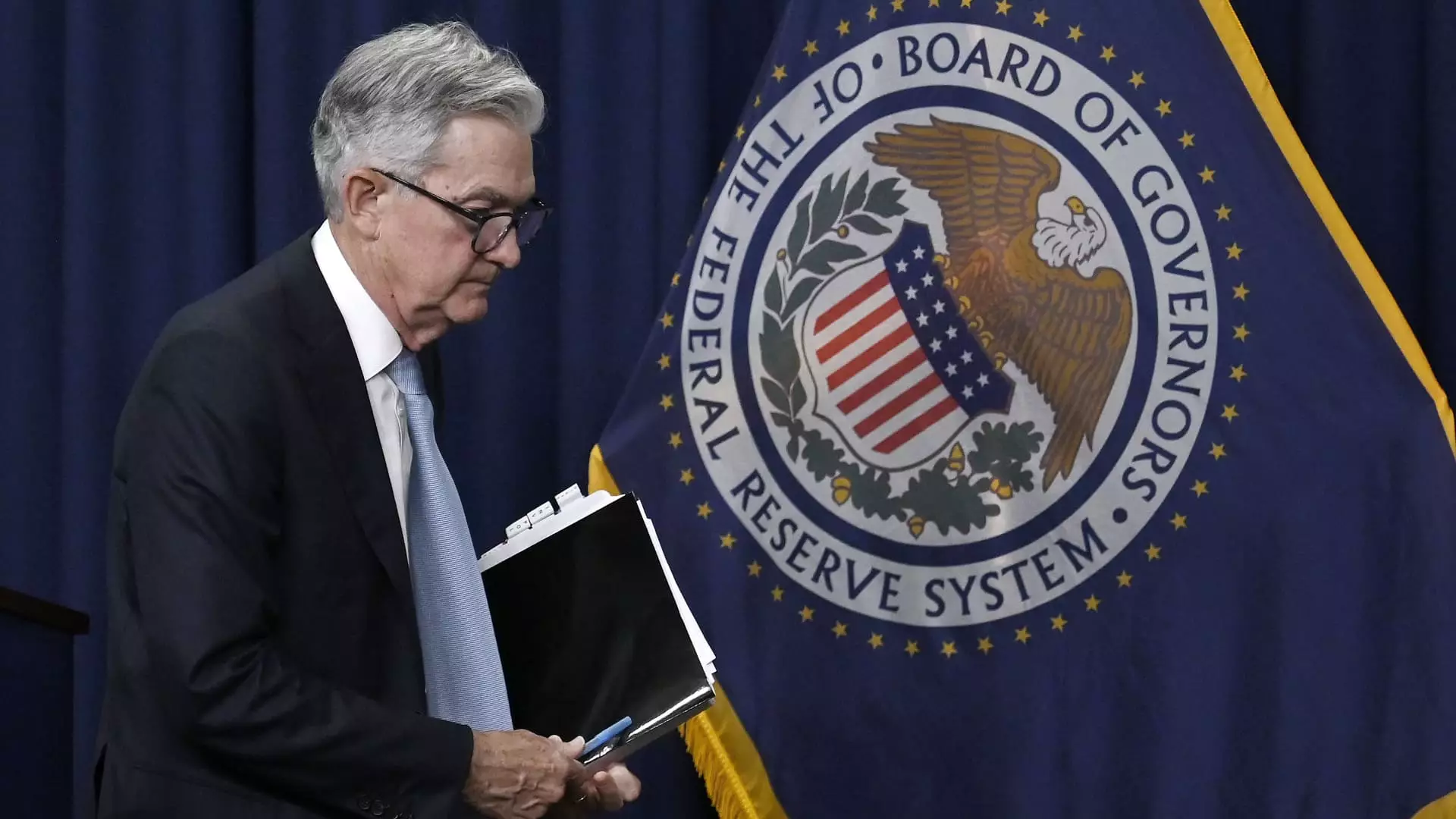After analyzing the recent weaker-than-expected economic data, Claudia Sahm, chief economist at New Century Advisors, has stated that an emergency rate cut by the U.S. Federal Reserve may not be necessary at this point. She argued that while there is no need for an emergency cut, there is a solid case for a 50-basis-point reduction to ease the restrictive monetary policy being imposed. Sahm emphasized the importance of the Fed being proactive in adjusting interest rates, as changes take time to have an impact on the economy.
Sahm is best known for introducing the Sahm rule, which indicates that the initial stages of a recession are signaled when the U.S. unemployment rate’s three-month moving average is at least half a percentage point higher than the 12-month low. With lower-than-expected manufacturing data and higher-than-forecast unemployment numbers, concerns about an impending recession have been heightened. The U.S. unemployment rate of 4.3% in July has surpassed the 0.5-percentage-point threshold, leading to speculation about a potential economic downturn.
Despite the current economic indicators, Sahm maintained that the U.S. economy is not in a recession. However, she cautioned that there are no guarantees about its future trajectory. She emphasized the need for the labor market to stabilize and for growth to level out to avoid a recession. Sahm’s assessment is based on historical data showing that the Sahm rule has accurately predicted recessions since 1953, reinforcing the importance of addressing economic vulnerabilities promptly.
While Sahm acknowledged the Fed’s strategy of using interest rates to manage economic pressures, she urged the central bank to exercise caution and not delay rate cuts. She emphasized the significance of the Fed easing gradually to preempt any potential downturns. Sahm’s analysis underscores the importance of proactive and timely interventions by the Fed to address economic risks effectively. By adjusting interest rates ahead of time, the Fed can mitigate the impact of unfavorable economic conditions and promote stability in the financial markets.
The evaluation of the current economic situation suggests that while an emergency rate cut may not be immediately necessary, proactive measures are vital to prevent a recession. The implementation of the Sahm rule serves as a valuable tool for forecasting economic downturns, signaling the need for timely interventions by monetary authorities. The U.S. Federal Reserve plays a critical role in managing economic risks and maintaining stability, underscoring the importance of strategic decision-making in safeguarding the economy’s well-being.

